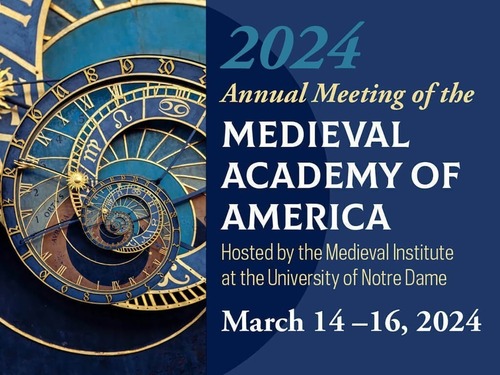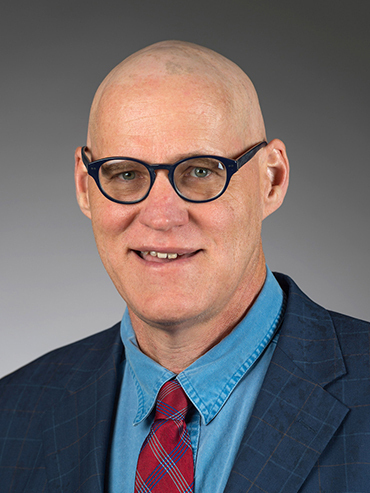
More than 350 scholars of the Middle Ages will converge Thursday-Saturday (March 14-16) at the University of Notre Dame for the 99th meeting of The Medieval Academy of America, hosted by the University’s Medieval Institute.
The institute — the nation’s largest and most preeminent center for understanding the Middle Ages — is a fitting host, said Thomas E. Burman, the Robert M. Conway Director of the Medieval Institute, a Notre Dame professor of history and co-chair of the meeting organizing committee.
“We want to show off our great resources in medieval studies, particularly the Medieval Institute, to all our great visitors,” he said.
The conference’s three themes are “Mapping the Middle Ages,” “Bodies in Motion” and “Communities of Knowledge.”
The Middle Ages, roughly, is the 1,000-year period from A.D. 500 to 1500. While some scholars have singularly focused on Western Europe during that time, assistant director Megan J. Hall said the institute fosters a global focus.
Medieval studies are inherently interdisciplinary, Burman said, and scholars examine the period from a variety of fields, including history, languages, literature, philosophy, theology, art history and music.
While there is a lingering belief that the Middle Ages were a backward time, Burman said the era is responsible for many aspects of modernity, including universities.

The Middle Ages, he said, offer a 1,000-year-long laboratory to study interactions of Jews, Christians and Muslims. And for Hall — whose research pertains to literature and women’s studies during the medieval era — the period yields information about women’s history and the roots of some stereotypes.
With four plenary lectures and 60 sessions over three days, presenters will share innovative scholarship and reframe perspectives on topics ranging from architecture to pandemics to surgical errors.
Notre Dame graduate students will take part in the meeting, both as academics presenting papers and as volunteers to help the event run smoothly.
“They’re already heavily involved with the MAA and are dedicated to developing their skill base,” Hall said.
A number of grants, awards and publication prizes will be presented at the meeting, and recently elected fellows will be inducted into the MAA, which is the largest organization in the country that promotes excellence in the field of medieval studies.
Throughout the three-day event, Hall said, Notre Dame representatives will provide genuine hospitality, showcase all of Notre Dame and invite scholars to return for future research.
In addition to formal academic presentations, attendees will be invited to use other University medieval resources and programming. There will be relevant pieces at the Raclin Murphy Museum of Art, the “Mapping the Middle Ages: Marking Time, Space, and Knowledge exhibit” in the Rare Books and Special Collections section of the Hesburgh Library, and a presentation of the cosmology of Hildegard of Bingen at the Digital Visualization Theater in Jordan Hall of Science.
The 99th meeting will conclude Saturday evening with an Irish dance social called a céilí.
Originally published by at al.nd.edu on March 12.